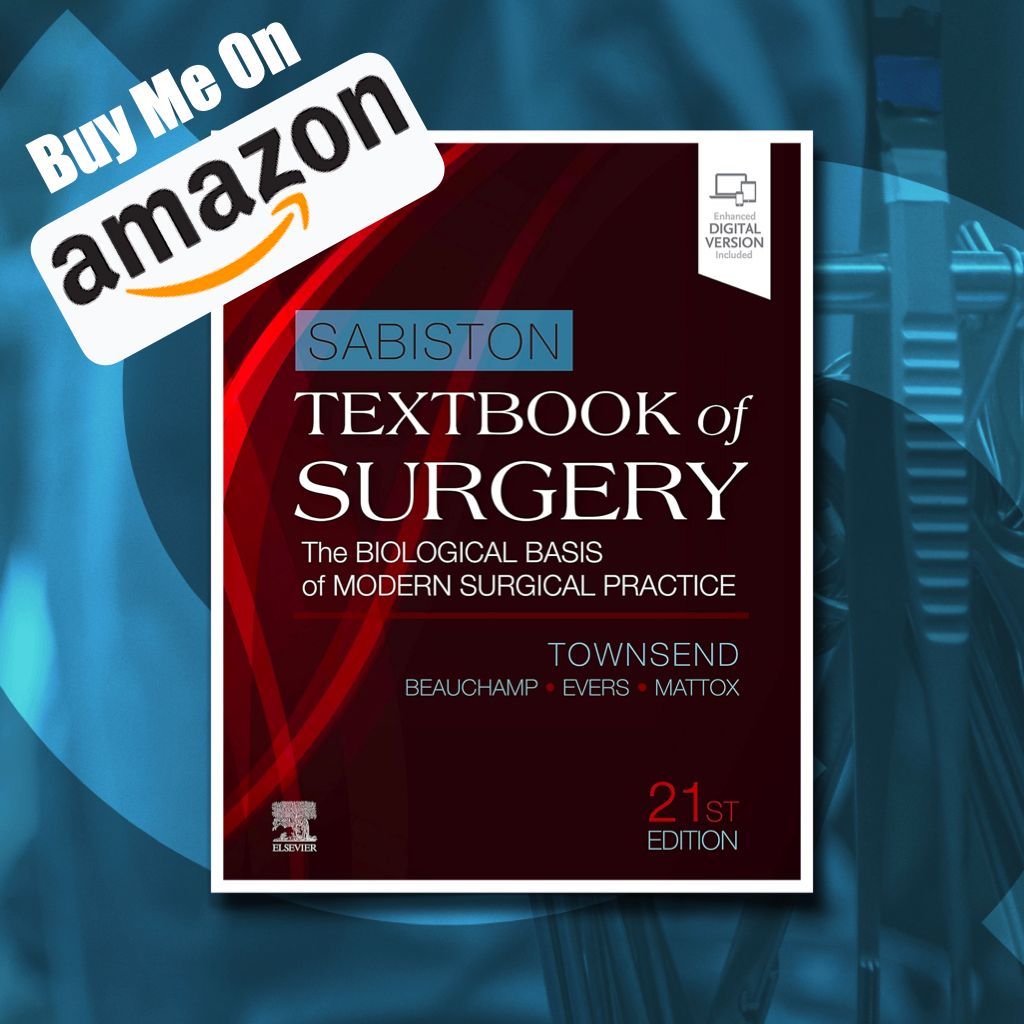Sabiston's Textbook of Surgery
Four Important Takeaways
Based on Evidence
Clinical decision making should be guided by the latest research and data and this book is incredibly relevant and up to date.
Basic Science Meets the OR
How can we apply basic science to our clinical practice? It's difficult, right? If you understand the "why" behind surgical procedures you'll more easily remember the "how."
Minimally Invasive Surgical Focus
Different techniques including laparoscopic, robotic and endoscopic approaches are explained in clear detail. Minimally invasive surgery is a philosophy not just a technique.
Global Perspective
An entire section of the book is dedicated to global surgery how how surgical platforms are created and sustained in resource limited settings.
My Thoughts
Rating 10/10
Conclusion: Must Have
As a surgical trainee, you're likely on the hunt for high-quality resources to bolster your knowledge and equip yourself for the challenges ahead. In this regard, Sabiston's Textbook of Surgery: The Biological Basis of Modern Surgical Practice stands out as an invaluable companion.
Here's a comprehensive review outlining the book's strengths and specific examples that showcase its value for surgical trainees:
Strengths:
- Comprehensive and Up-to-Date: Sabiston's covers a vast spectrum of surgical topics, from fundamental principles and basic science to specific diseases, operative procedures, and postoperative management. The latest edition ensures you have access to the most recent advancements and best practices in the field.
- Evidence-Based: The book emphasizes evidence-based medicine, providing you with the latest research and data to support clinical decision-making.
- Detailed Explanations and Visual Aids: Complex concepts are presented in a clear and concise manner, aided by high-quality illustrations, anatomical diagrams, and intraoperative photographs. This visual approach is particularly helpful for trainees who are still developing their surgical understanding.
Specific Examples:
- Chapter 4: Inflammation and Wound Healing: This chapter provides a thorough explanation of the body's inflammatory response and the different phases of wound healing. The detailed illustrations depicting the cellular processes involved are particularly noteworthy, as they solidify understanding of these fundamental concepts.
- Chapter 10: Surgical Oncology: This chapter offers a comprehensive overview of various cancers, encompassing their pathophysiology, diagnosis, staging, and surgical management. The inclusion of clinical case studies allows you to see how theoretical knowledge translates into real-world scenarios.
- Chapter 42: Laparoscopic and Robotic Surgery: This chapter delves into the minimally invasive surgical techniques that are becoming increasingly prevalent. The detailed descriptions of laparoscopic and robotic instruments, along with illustrations of their application in specific procedures, provide valuable insights into this evolving field.
Additional Notes:
- Extensive Online Resources: The book comes with access to an online platform offering additional resources such as video clips, self-assessment questions, and web links. These resources can enhance your learning and serve as a tool for self-evaluation.
- Length and Depth: Be aware that Sabiston's is a comprehensive textbook, and its sheer volume can be daunting at times. It's best used for in-depth study and focused learning on specific topics rather than casual reading.
Overall, Sabiston's Textbook of Surgery is an exceptional resource for surgical trainees. Its comprehensive scope, clear explanations, and up-to-date content make it a valuable tool for acquiring a strong foundation in surgical knowledge and staying abreast of the latest advancements in the field.


